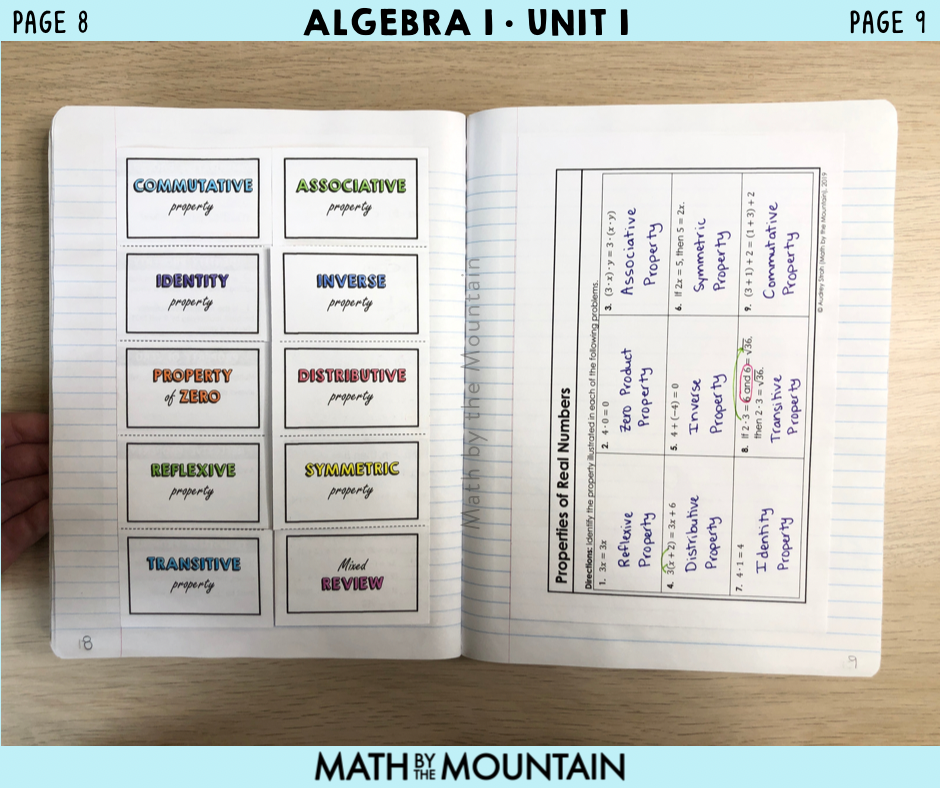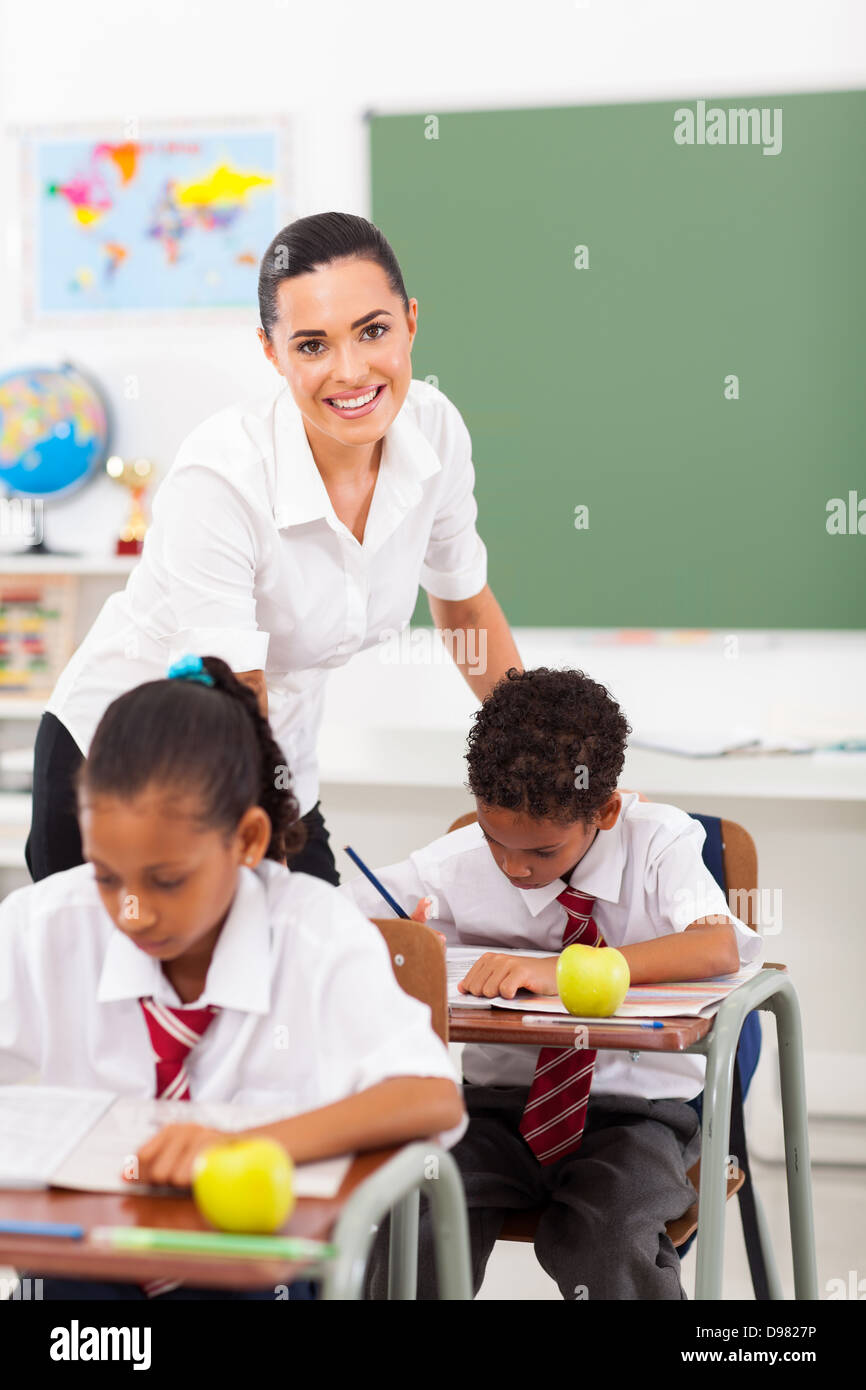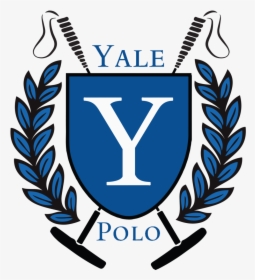
Parents are often concerned about the quality of the public high schools in their area. Many students will move to better schools. But few schools stand out for academic excellence, track records, and the future success of their students. Below is a list of the 10 best public and private schools in the area.
Stuyvesant High School
Stuyvesant High School, affectionately referred to as Stuy by its students, is one of the city's top public high schools for college-bound students. The school operates under the jurisdiction of the New York City Department of Education and offers tuition-free, accelerated academics to the residents of the city.
Students must be in the 8th or 9th grade, and have passed the Specialized High Schools Admissions Test to gain admission to Stuyvesant. Students must pass the exam, which is more difficult than the one for eighth-graders. The test requires that students know the entire material required for freshmen.

LaGuardia High
LaGuardia High School (a public high-school) specializes both in visual and performing arts. It is located on Manhattan's Upper West Side near Lincoln Center. Students who attend LaGuardia will be well-versed in the arts, as well as in the arts and humanities.
Students attend full academic courses, but they are also encouraged to participate in conservatory-style arts concentrations. They can choose to major in any of the following studios: Art, Drama, Music, Vocal Music, or Dance. They can also choose to take Honors and Advanced Placement classes.
Townsend Harris High Schools
Townsend Harris High Schools is a top choice if your goal is to find a high school that has a strong humanities department. This magnet public high school is located in Queens. It consistently ranks among the top high schools nationwide. Harrissites students can find a passion in the humanities at this school and receive a high school diploma.
The school was founded in 1848 but has a rich past. Its roots are back to New York Free Academy. The New York Free Academy was the city’s first municipal institution higher learning. Townsend Harris was elected the first president. From the Free Academy's first year, the school we now know is a result. Notable alumni include Jonas Salk (Ira Gershwin), Edward G. Robinson and Richard Rodgers.

Nord Anglia International School of New York
Nord Anglia International School in New York offers a premium education for children aged 2-14 years old. The school offers a globally recognized curriculum, engaging learning environments, and world-class teaching. It is a non-selective school that has a student-teacher ratio (11.0).
It is easy for parents to apply online for admission. You can create an account, track your requests, and even get reminders about deadlines and applications. You can also get information about tuition costs, which average $40,450 for elementary schools and $44,254 for high school.
FAQ
Are you able to teach early childhood education without going to college?
It is not possible, however, to better prepare yourself for your future career in this field, it might be worth looking into college.
It is important to remember that it is not easy to become a teacher. Every year, there are many applicants who aren’t accepted to programs. Many people also drop out after just one semester.
To become a teacher, you must also meet certain qualifications.
How long does it usually take to become a early childhood teacher?
The bachelor's degree program in early childhood education takes four years. Two years will be spent taking the general education courses required of most universities.
After you have completed your undergraduate education, you can usually apply to graduate school. This step allows one to specialize in a certain area of study.
You could, for example, choose to study learning disabilities or child psychology. After earning a master's, you must apply to a teacher preparation program.
This process will take another few years. During this period, you will work with experienced educators to gain real-world knowledge.
You will also need to pass state exams in order to become a teacher.
This process can take many years. Therefore, you won't immediately be able jump into the workforce.
What is vocational school?
Vocational school programs are designed to prepare individuals for specific jobs. They may also provide general education courses and training in skills needed by employers.
Because it helps young people to develop the skills that they need for success in life, vocational education is an integral part of society. It ensures that all students have access to high-quality learning opportunities.
Vocational schools offer a variety of options for students, such as apprenticeships, certificates and diplomas, degrees, college transfers programs, and other postsecondary credentials. Vocational schools provide both academic and practice-oriented subjects such as math and science, English and social studies.
What's the point of education or schooling?
Education should help students develop skills necessary for employment. It is not just an academic pursuit but also a social activity where children learn from each other and gain confidence by participating in activities such as sports, music, and art. Education is about teaching students to think critically and create in order to be independent and self-reliant. What does it really mean to have high educational standards
High educational standards ensure that every pupil achieves their potential. They give teachers a clear vision of the goals they want to achieve with their pupils. Education standards that are flexible enough to allow schools to adapt to changing needs can be a good thing. In addition, they must be fair and equitable: every child has the same chance of success regardless of his/her background.
Statistics
- They are also 25% more likely to graduate from high school and have higher math and reading scores, with fewer behavioral problems,” according to research at the University of Tennessee. (habitatbroward.org)
- And, within ten years of graduation, 44.1 percent of 1993 humanities graduates had written to public officials, compared to 30.1 percent of STEM majors. (bostonreview.net)
- In most developed countries, a high proportion of the population (up to 50%) now enters higher education at some time in their lives. (en.wikipedia.org)
- Think of the rhetorical power of nineteenth-century abolitionist Harriet Beecher Stowe, Martin Luther King, Jr., or Occupy Wall Street activists with their rallying cry of “we are the 99 percent.” (bostonreview.net)
- “Children of homeowners are 116% more likely to graduate from college than children of renters of the same age, race, and income. (habitatbroward.org)
External Links
How To
What is vocational Education?
Vocational Education prepares students for work by giving them skills that are required for a specific job, such as welding. You can also get on-the job training through apprenticeship programs. Vocational education is distinct from general education as it focuses more on training individuals for specific jobs than on learning broad knowledge that can be used in the future. Vocational education does more than prepare for university. It helps people find jobs after graduation.
Vocational education may be provided at all levels of schooling, including primary schools, secondary schools, colleges, universities, technical institutes, trade schools, community colleges, junior colleges, and four-year institutions. In addition, there are many specialized schools such as culinary arts schools, nursing schools, law schools, medical schools, dental schools, veterinary medicine schools, firefighting schools, police academies, military academies, and other military schools. Many of these schools provide both academic instruction as well as practical experience.
Over recent decades, there have been significant investments made in vocational education by many countries, including Australia, Denmark (Finland), Germany, Ireland and Japan. It is still controversial whether vocational education is effective. Some critics believe it doesn't help students get hired, while others claim that it helps prepare them for life after high school.
The U.S. Bureau of Labor Statistics has estimated that 47% of American adults hold a postsecondary certificate or degree related to their current occupation. This figure is higher among those with more education: 71% of workers aged 25-29 with a bachelor's degree or higher are currently employed in fields requiring postsecondary credentials.
The BLS reported that almost half the adult population of the country had at least one form of postsecondary credential as of 2012. A third of Americans have a two-year associate's degree and 10% hold a four year bachelor's degree. One fifth of Americans had a masters degree or doctorate.
The median annual salary for people with a bachelor's was $50,000. This compares to $23,800 for those who don't have a degree. The median income for those with advanced degrees was $81,300.
The median income for those who have not completed high school was just $15,200. For those who did not complete high school, the median annual salary was only $15,200.